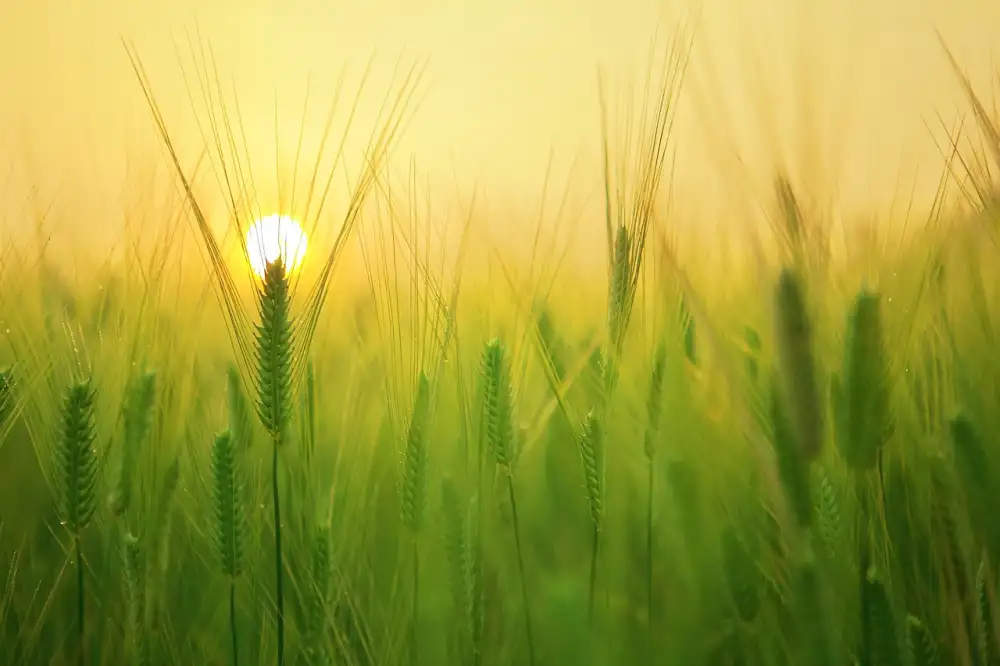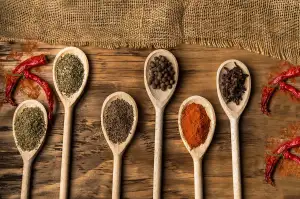Rhubarb Harvesting Guide: Best Time to Harvest Rhubarb for Maximum Flavor!

Rhubarb, known for its tart flavor and vibrant red stalks, is a popular vegetable used in a variety of culinary dishes. Harvesting rhubarb is an essential part of enjoying this versatile plant to its fullest potential. Rhubarb plants are typically ready for harvesting once they have matured, usually after their second year of growth. Proper timing and technique are crucial to ensure a bountiful harvest of flavorful rhubarb stalks. In this guide, we will explore the best practices for harvesting rhubarb to maximize both yield and taste.
Signs that Rhubarb is Ready to Harvest
When rhubarb is ready to harvest, the stalks should be firm and thick, typically about 1-2 inches in diameter. The color of the stalks should be vibrant and bright, signaling that they are at their peak ripeness. Avoid harvesting any stalks that are thin or spindly, as these may not have developed enough flavor. Additionally, the leaves of the rhubarb plant should be fully unfurled and healthy-looking, indicating that the plant is mature and ready for harvest.
Best Time of Year to Harvest Rhubarb
The best time of year to harvest rhubarb is in the spring, typically from April to June. This is when the stalks are at their peak flavor and tenderness. It's important to wait until the plant is at least three years old before harvesting to ensure a healthy and sustainable crop for future seasons. Harvesting later in the summer can result in tougher, less flavorful stalks as the plant matures. By picking rhubarb during its prime season, you can enjoy the best taste and quality in your dishes.
How to Harvest Rhubarb Properly
To harvest rhubarb properly, it's essential to use a sharp knife or garden shears to cut the stalks. Avoid pulling or twisting them, as this can damage the plant. Look for stalks that are at least 10-15 inches long and have a good diameter. Hold the stalk near the base and cut it off cleanly at ground level. Leave behind any thin or spindly stalks to allow them to grow further. It's best to harvest rhubarb in the morning when the stalks are crisp and full of moisture.
Tips for Maximizing Rhubarb Yield
To maximize your rhubarb yield, consider the following tips:
1. Regular Harvesting: Harvest stalks when they are firm and at least 10-15 inches long. Regular harvesting encourages new growth.
2. Avoid Overharvesting: Do not harvest more than half of the plant's stalks at once to ensure the plant can continue to photosynthesize and grow.
3. Fertilize Appropriately: Use a balanced fertilizer in early spring to promote healthy growth and increase yield.
4. Mulch Around Plants: Mulching helps retain moisture, suppress weeds, and regulate soil temperature, leading to better rhubarb production.
5. Divide Crowns Every Few Years: Dividing mature plants every 4-5 years rejuvenates them, promoting increased yield and healthier plants.
Storing and Preserving Harvested Rhubarb
After harvesting rhubarb, it is essential to store it properly to maintain its freshness and flavor. To store rhubarb, first, trim off the leaves as they are toxic and not edible. Then, wash the stalks thoroughly and dry them completely. Next, you can choose to either refrigerate or freeze the rhubarb for later use.
If refrigerating, wrap the stalks in a damp paper towel and place them in a plastic bag in the vegetable crisper drawer. Rhubarb can stay fresh in the refrigerator for up to two weeks.
For long-term storage, consider freezing rhubarb. To freeze, chop the stalks into small pieces and blanch them in boiling water for 1-2 minutes before plunging them into ice water to stop the cooking process. Drain well, pack into airtight containers or freezer bags, and label with the date before placing them in the freezer. Frozen rhubarb can last for up to a year.
When using frozen rhubarb in recipes, there's no need to thaw it beforehand; simply add it directly from the freezer. Whether fresh or frozen, harvested rhubarb can be used in various dishes like pies, jams, sauces, and more to enjoy its tangy flavor throughout the year.
Published: 10. 05. 2024
Category: Home



